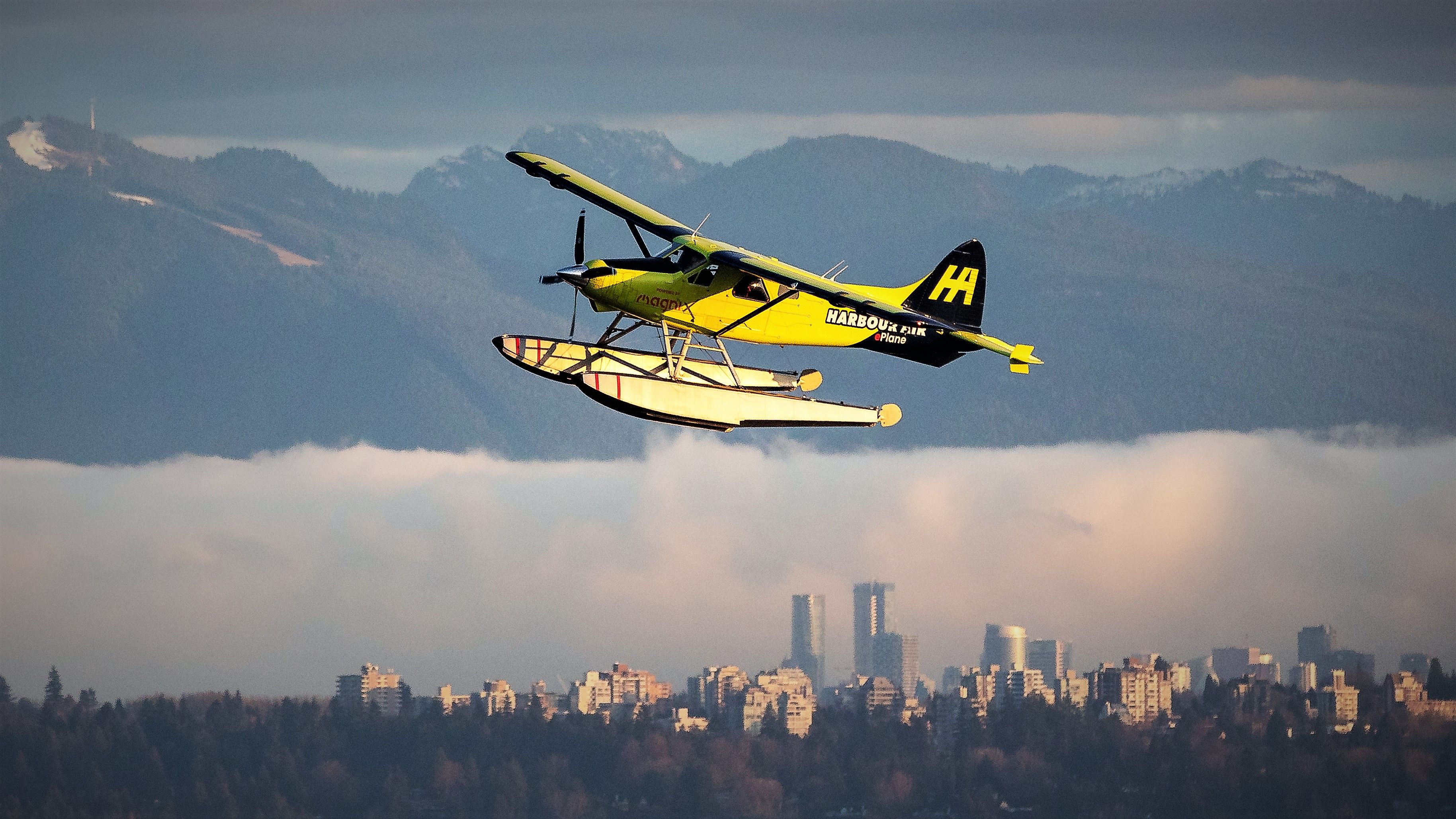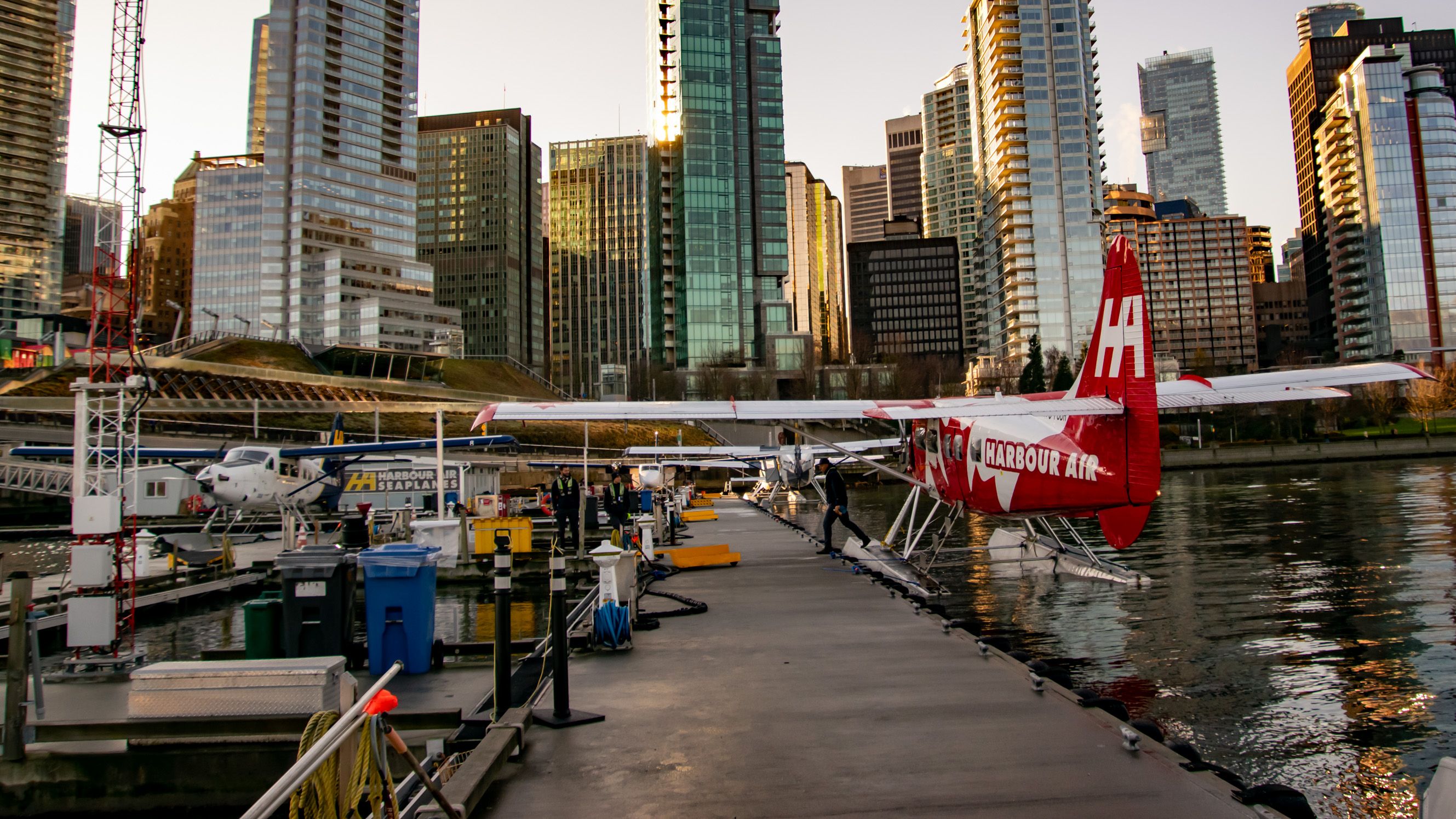With Harbour Air recently conducting a safe first round trip with its ePlane test aircraft, here are some facts about Harbour Air, the ePlane and the historical moment.
The aircraft
Harbour Air’s test ePlane is a de Havilland of Canada Beaver, C-FJOS. The Beaver airframe was completed in early 1957, but the original Pratt & Whitney P-985 Wasp Junior radial piston engine has been replaced with a Magnix 750hp (559kW) Magni500 electric powerplant.
The first flight with this new Magni500 engine was on December 10, 2019. Thanks to the COVID-19 pandemic, the test flying program has slowed.
Worth noting also that magniX has since upgraded their engines and has a magni650 with 850hp (640kw). The machines are engineered not to require a gearbox and are set up to handle a short circuit giving the pilot sufficient power to finish the flight safely. Plus, the intention is to fly commercially with the upgraded engine.
Harbour Air decided to embark on this effort in the words of its CEO and Founder Greg McDougall:
“If we sit here looking out the window, one day there’s going to be something flying out there that’s going to rock your world. I want to be the one flying it, not the one watching it.”
About Harbour Air
Harbour Air is a company born the same year as the author – 1982 – with two seaplanes with two pilots in Vancouver, British Columbia’s (BC’s) Coal Harbour to service the logging industry. According to Harbour Air's own website the airline has grown to over 40 airplanes and more than 400 workers, serving commuters plus tourists with scheduled flights, charters, and sightseeing tours. Harbour Air flies de Havilland of Canada Beavers, Otters, and Twin Otters plus a few Cessna Caravans averaging over 500,000 passengers annually, serving 11 scheduled destinations. Harbour Air flies over 30,000 flights annually and freight in total – but only in daylight.
The airline has a high focus on sustainability. For instance, Harbour Air has since 2007 been carbon neutral. It helps when Harbour Air has worked with Offsetters Climate Solutions since 2007, and its Victoria Harbour Airport base has a 1-acre green roof.
This is, of course, before Harbour Air started work to convert one of its de Haviland Beaver aircraft from a radial internal combustion engine running on petroleum to an all-electric aircraft.
The round-trip flight to BC Aviation Museum
The flight to Victoria was 72 kilometers/45 miles long and took about 24 minutes to complete. Then the return flight on August 22, 2022, was also a success. This Vancouver-Victoria route is the number one route for the airline eliminating hours for passengers versus leaving a city center, taking a ferry, and then going to the other city center.
So the ability to fly safely to the BC Aviation Museum open house at Victoria International Airport and back is a significant step toward Harbour Air’s goal to pass a battery electric aircraft commercially by summer 2024. The BC Aviation Museum is home to a substantial aircraft collection, from a Lancaster bomber being restored to a scale Spitfire model to a Vickers “Viscount” 757. There are many more aircraft in the group – and quite a few model airplanes. Plus, the BC Aviation Museum campus is a good place for planespotting flight operations of Victoria International Airport, as the author knows from a November 2018 visit.
Will you board a battery electric airplane? Why or why not? Let us know in the comments please.


